How to Make Your Car Sound Louder Easy
(Updated on July 28, 2022)
Exhaust systems are like musical instruments that can be tuned to give your vehicle the perfect sound. Their shape and size can even affect how your vehicle drives.
Since combustion engines are big air pumps, a freer flowing exhaust will usually give you more horsepower. This is because performance exhausts are less restrictive and allow air to move out of the engine more quickly.
Do you want to shoot flames? Set off car alarms with your cold start idle? With enough crackles, pops, and bangs, you could even give your quiet neighborhood the soundtrack of a active warzone.
Whether you're looking for performance gains, a deep sounding exhaust, or some payback with your neighbors, there are many simple ways to make your exhaust louder.
How To Make Your Car Louder
The following are some possible ways to make your exhaust louder with their relative cost.
If you want to make your truck exhaust louder, most of these options will still apply to you. Expect to pay a bit more for a larger vehicle simply due to the cost of materials.
1) Cut Off Muffler
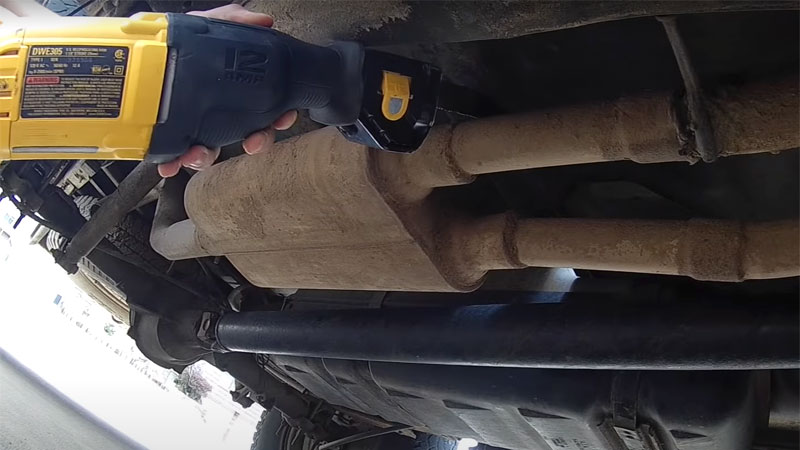
Cost: Free
If you have a Sawzall (reciprocating saw) or hacksaw and can get under your car, you can perform this mod. A muffler is the main device used to quiet the exhaust system, so if you don't have one, your vehicle will be much louder.
A muffler delete is not an elegant approach, but it does the job.
2) Poke Holes in Your Muffler
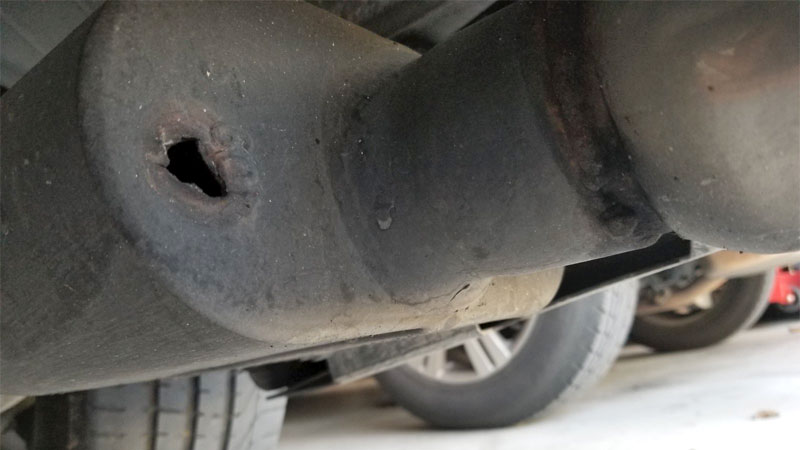
Cost: Free
If you're not ready for a completely unmuffled sound, you might be able to get away with a hole in your muffler.
Many people use a small drill bit to modify their muffler to get a bit of extra sound. Search your make and model on forums to see if there is a common method used to drill a hole that will give a nice sound.
For a more finely tuned exhaust note, you should look into getting an aftermarket catback exhaust system. Doing this wrong could make it sound more like an exhaust leak than a fancy system.
3) Aftermarket Catback Exhaust System
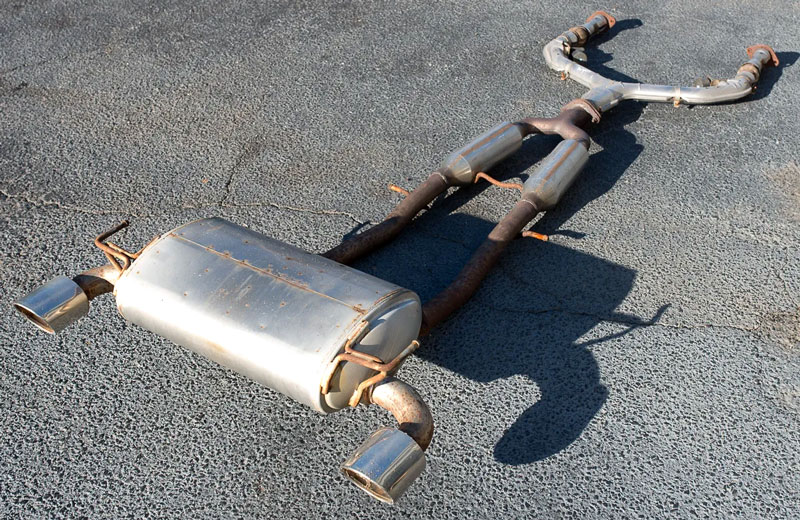
Cost: $500 to $1500
A catback exhaust system replaces every exhaust component behind the catalytic converter (hence the name). Since the catalytic converter is left in place, catback exhaust systems do not require an aftermarket tune.
If you're not going full send, an aftermarket catback exhaust system is a great way to wake up a stock car. Most vehicles come from the factory pretty quiet in order to comply with noise restrictions and make the car pleasant to most drivers.
Some catback exhausts are made out of lightweight metals such as titanium. Although it costs more, titanium can give you a significant weight savings in addition to the horsepower boost.
There is a lot of research and development that goes into aftermarket exhaust systems, so do some reading to see which one will sound best for your vehicle and taste.
4) Straight Pipe

Cost: $500 to 1000
A straight pipe is an exhaust system with no catalytic converter, resonator, or muffler.
In addition to being louder, straight pipes eliminate most of the restrictions in the exhaust system. You are likely to see a performance increase going from a completely stock exhaust system to a straight pipe.
On turbocharged vehicles, the turbo spool is much more audible on a straight piped setup. Keep in mind that many vehicles require an aftermarket tune to properly leverage a straight pipe setup. It's also illegal to remove the catalytic converter in some areas, so check your local laws.
Catalytic converters often work like flame arresters, blocking sparks and flames that may otherwise exit the exhaust. Straight piped exhaust systems make it much easier to shoot massive fireballs because there are no restrictions in the way. This is particularly true with rotary engines.
5) Crackle Tune
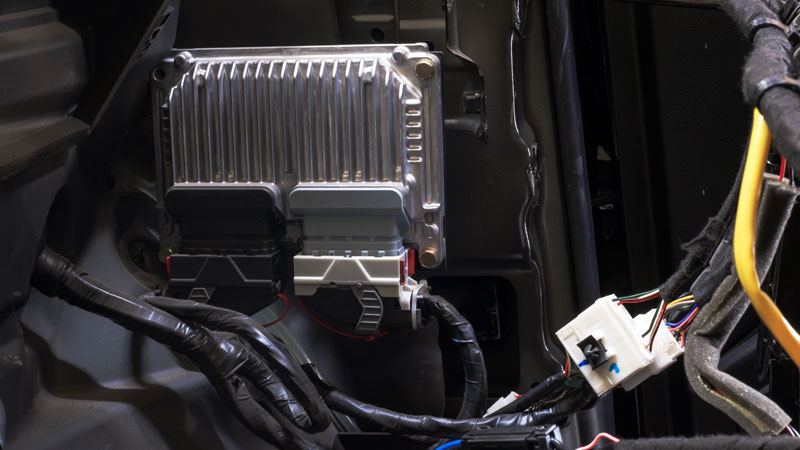
Cost: $500
A vehicle's ECU tuning can actually affect the way the car sounds. A tuner can adjust camshaft phase and fueling to change the sound both on and off throttle.
To make a crackle tune, a tuner may leave the injectors open for a moment after the throttle plate has closed or delay ignition timing. This opens the exhaust valve before fuel has finished burning in the combustion chamber.
When this unburnt fuel exits the vehicle and hits the open air, it will spontaneously ignite. This makes the car crackle and pop. In extreme cases, the car may even shoot flames.
Crackle tunes are best done on cars without catalytic converters intended for off road use only. Rich air fuel mixtures and unburnt fuel are bad for the catalytic converter, and could degrade or even clog the unit.
6) Open Headers
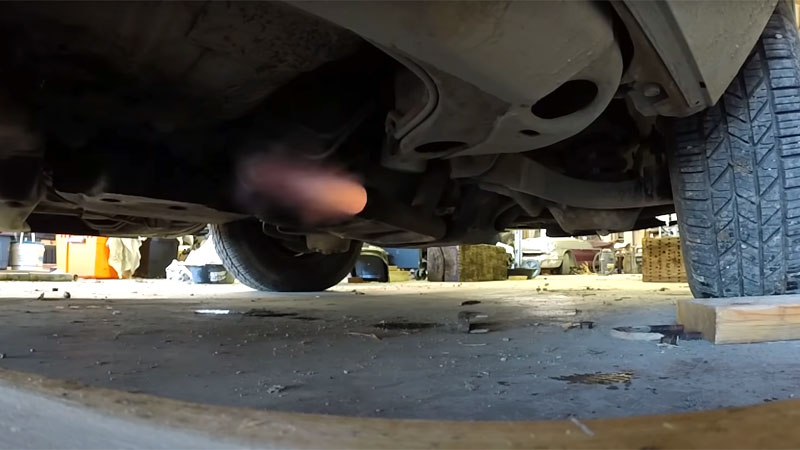
Cost: Free (usually)
Open headers are one of the loudest options on this list, and also happens to be a free modification. Headers, also called the exhaust manifold, are the first part of the exhaust system that comes off of the engine.
Typically the rest of your exhaust is hooked up to the back of the header, but if you simply unbolt the catalytic converter, resonators, and muffler, you're left with an open header.
Do not attempt to do this unless you fully understand the possible consequences. If your headers exit underneath the vehicle, the hot exhaust gases may burn or melt important components such as brake lines. This could even start a fire. Typically, additional modifications are required to make open headers work.
7) Hood or Fender Exit Exhaust

Cost: $50 (if you can fabricate your own)
Hood and fender exit exhaust systems are really just open headers with a bit more style. These exhausts are designed to exit the vehicle cleanly and often require some custom fabrication work to get just the right shape.
These types of exhaust systems are typically used on performance vehicles with very custom engine configurations, such as Hoonigan's Hoonicorn. In the Hoonicorn's case, the exhaust pipes are tiny stubs that exit the turbo and point the exhaust straight into the air.
8) Anti-Lag System
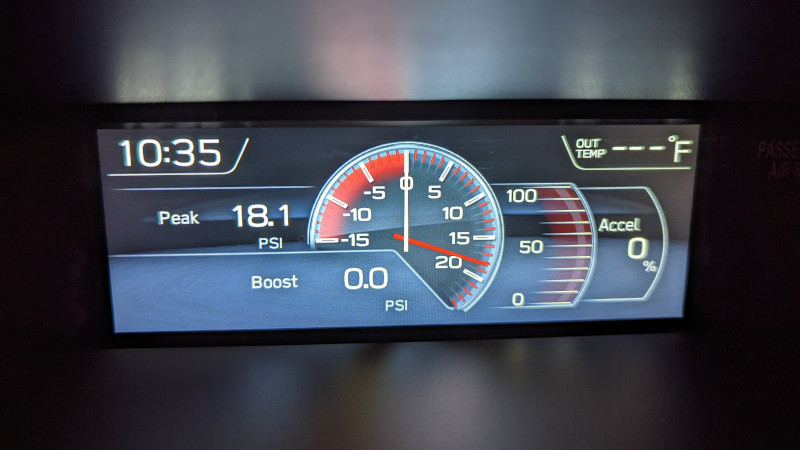
Cost: $1000 to $2000
Unique to turbocharged engines, an anti-lag system is a kit that is designed to keep the turbo spooled, even when you are off the gas pedal.
Similar to a crackle tune, anti-lag burns fuel inside the turbo, keeping the turbine spinning while the system is engaged. This allows the driver to have access to full boost immediately with no turbo lag. The best part is, it makes a ton of noise.
An anti-lag system will likely shorten the life of your turbo, so this is another system you will want to use only for race applications or exhaust competitions. Some vehicles will require an aftermarket ECU to use anti-lag.
9) Unequal Length Headers
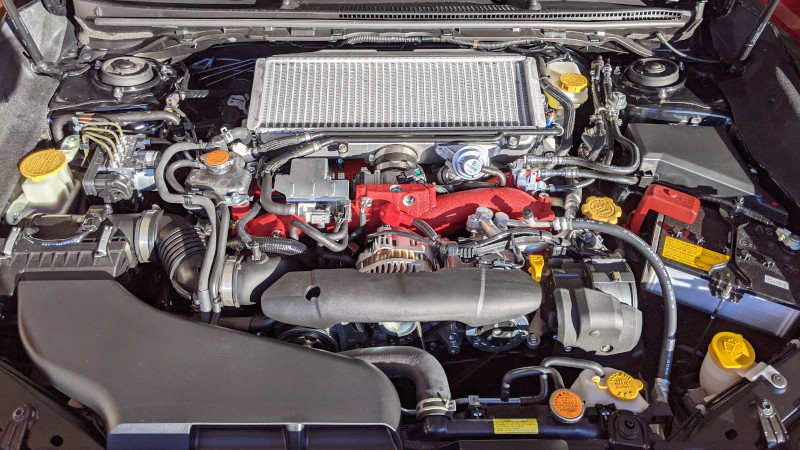
Cost: $1000
Although unequal length headers don't usually give your car extra volume, they do give your car a distinct rumble that can't be replicated any other way. Subaru's turbocharged EJ engines are a prime example of what unequal length headers sound like.
10) Rubber Chicken Mod

Cost: <$10
This is a bit of a gag, but it sounds about as funny as you'd expect. If you put a rubber chicken over the exhaust pipe, you can actually make it scream continuously, making it pretty much the perfect way to harmlessly prank a friend.
Do Exhaust Tips Change the Sound?
Generally, your exhaust tips make up only the last couple inches of exhaust. While they may look great, exhaust tips have a very minimal effect on the overall sound of your vehicle. They are primarily a cosmetic modification.
Conclusion
There are many ways to get more volume out of your vehicle, but not all options are right for everyone. Check out the forums for your particular vehicle to see what common options are for your make and model.
Source: https://oards.com/make-exhaust-loud/
0 Response to "How to Make Your Car Sound Louder Easy"
Post a Comment